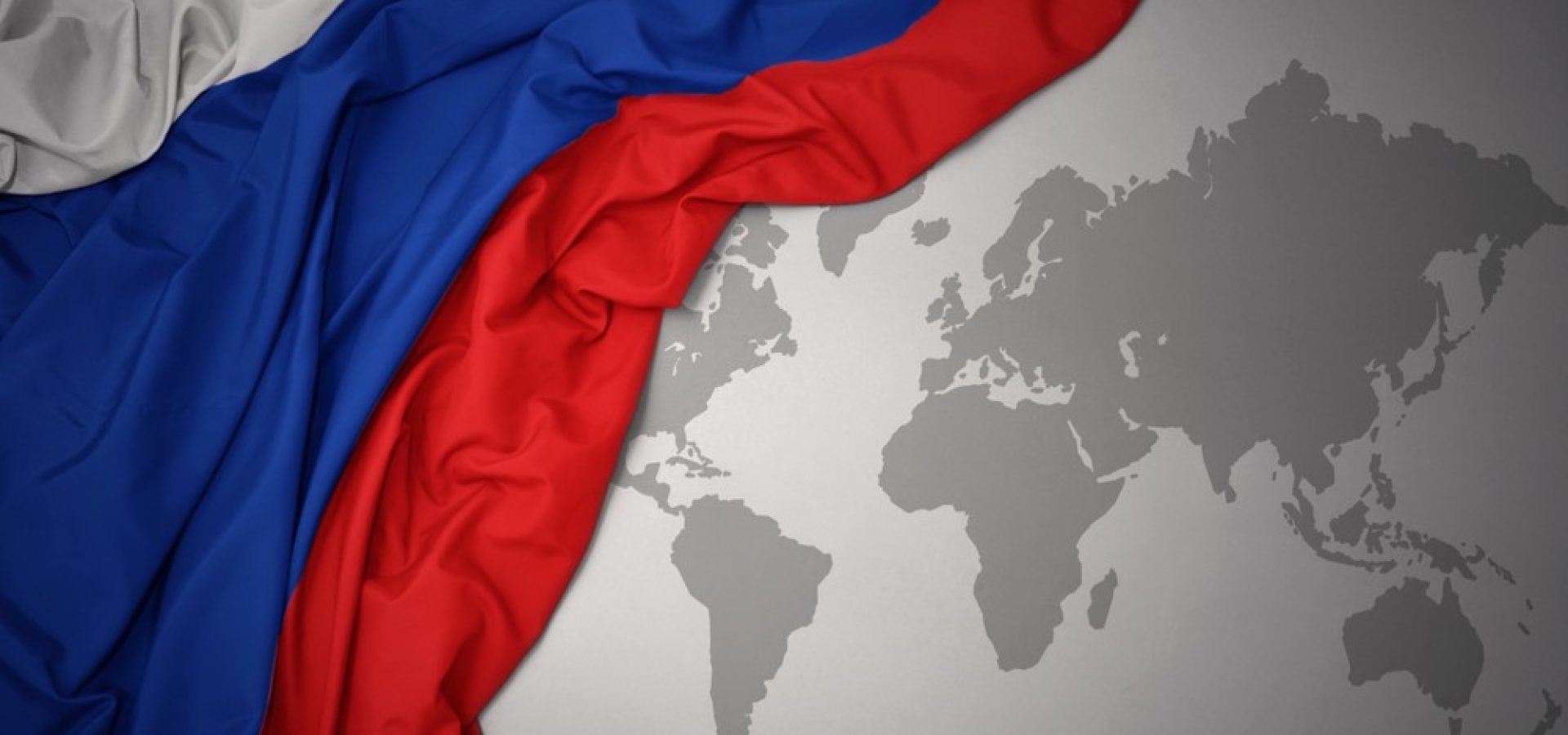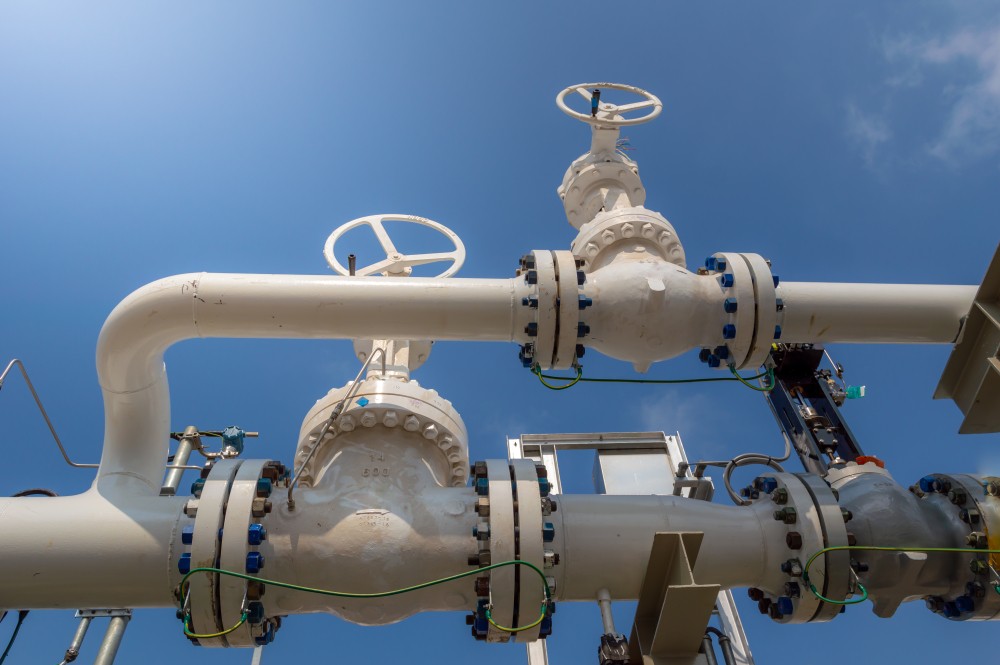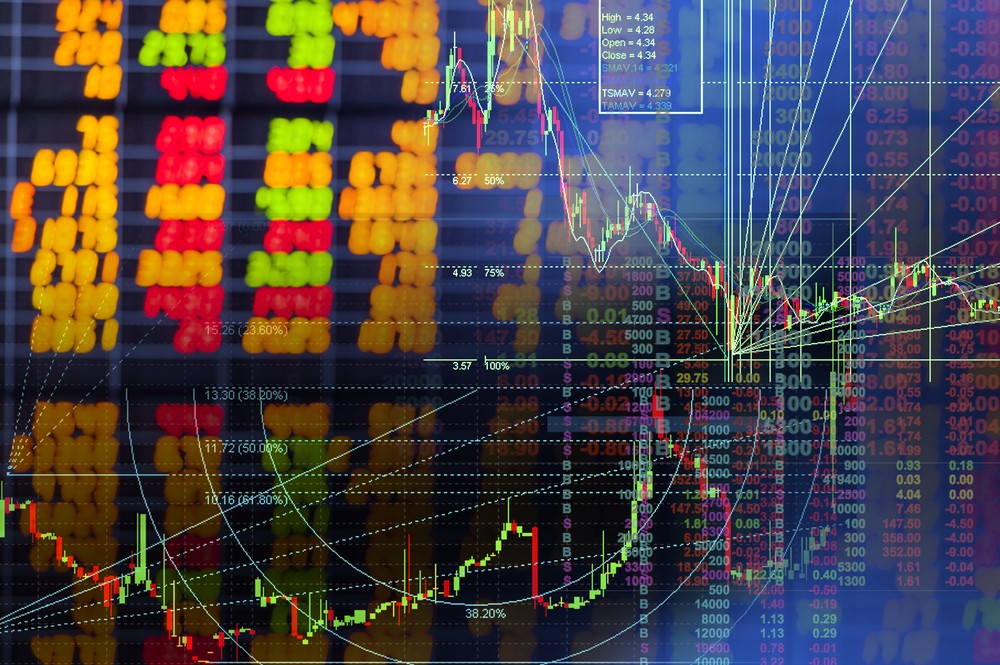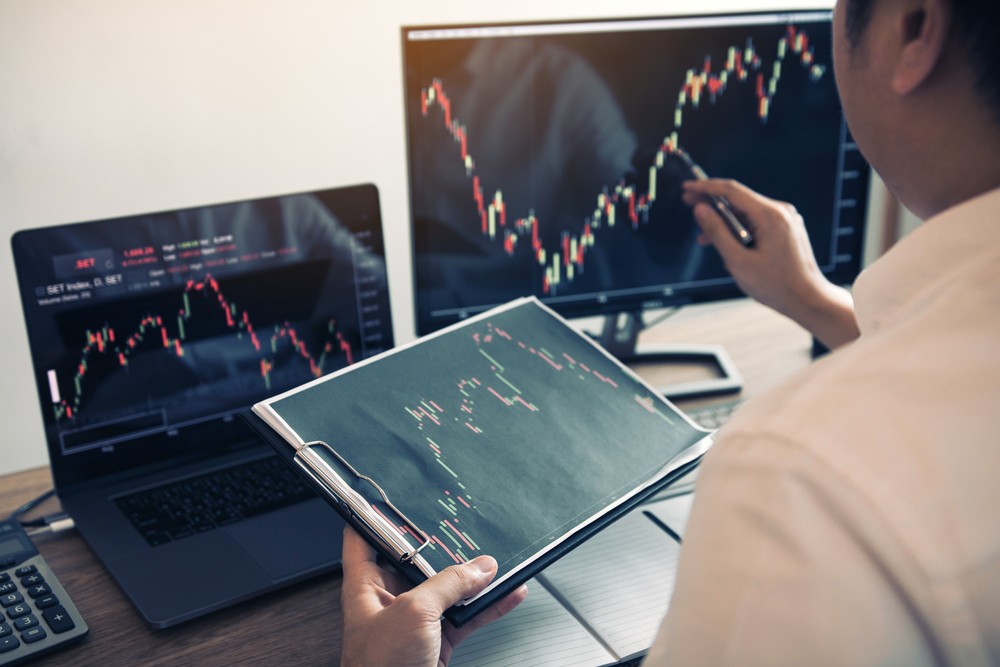Quick Look
- Russia’s GDP is on the way to grow by 2.6% in 2023, surpassing previous years’ forecasts.
- The defence and security budget in 2024 constitutes 40% of total expenditure amid rising inflation and labour shortages.
- Economic resilience is attributed to strategic preparation for financial sanctions and lucrative oil and gas earnings.
- Sanctions have led to a significant hike in interest rates and increased defence spending, yet GDP growth outpaces G7 nations.
- Scepticism surrounds the long-term sustainability of an economy heavily reliant on defence spending and natural resources.
- The US contemplates further sanctions, targeting financial institutions aiding Russia’s economy, in response to geopolitical tensions.
In the wake of sanctions following Russia’s invasion of Ukraine in February 2022, economic forecasts have painted a complex picture of resilience and challenges. The International Monetary Fund (IMF) anticipates Russia’s GDP to rise by 2.6% in 2023. This figure unexpectedly exceeds the 3% growth rate observed, suggesting a robust economic performance despite international pressures.
40% Budget to Defense Amid Economic Strains and Sanctions
The 2024 budget allocation showcases a staggering 40% earmarked for defence and security. This highlights the government’s prioritization amidst economic adversities such as labour shortages and inflation. These challenges underscore the significant economic strain, raising questions about the sustainability of heavy defence spending in the face of necessary domestic investments.
Sanctions & Oil: Russia’s Economic Backbone
Russia’s preparedness for financial sanctions since the 2014 Crimea annexation underscores its economic resilience, especially when coupled with significant oil and gas earnings in 2022. Despite export controls, Russia’s adept manoeuvring through third countries to acquire military-industrial goods further illustrates its ability to circumvent economic barriers. However, this resilience is tested by the Russian Central Bank’s interest rate hike to 16% to combat inflation, revealing underlying economic vulnerabilities.
Defense Spend & Resource Reliance: A Double-Edged Sword
The drivers behind Russia’s economic performance, notably defense spending and labor market shifts due to conscription and skilled worker emigration, raise concerns about wastefulness and the long-term productivity impact. The skepticism towards economic collapse predictions, based on military expenditure alone, neglects the critical role of Russia’s vast resource base, including oil, gas, and uranium, in ensuring economic sustainability.
Russia’s Growth & Geopolitical Moves in Focus
The geopolitical landscape becomes more complex with President Biden’s actions. He is considering additional sanctions following Alexei Navalny’s sentencing. These sanctions target key economic sectors and individuals. Despite these measures, Russia’s economy has grown since the invasion. It has outpaced all G7 nations and strengthened its trade ties with China. This situation highlights Russia’s economic endurance and its international diplomacy skills. Furthermore, the existence of a “shadow fleet” and the US’s strategy to target non-US financial institutions underline the complexities of sanction enforcement and economic resilience.









COMMENTS